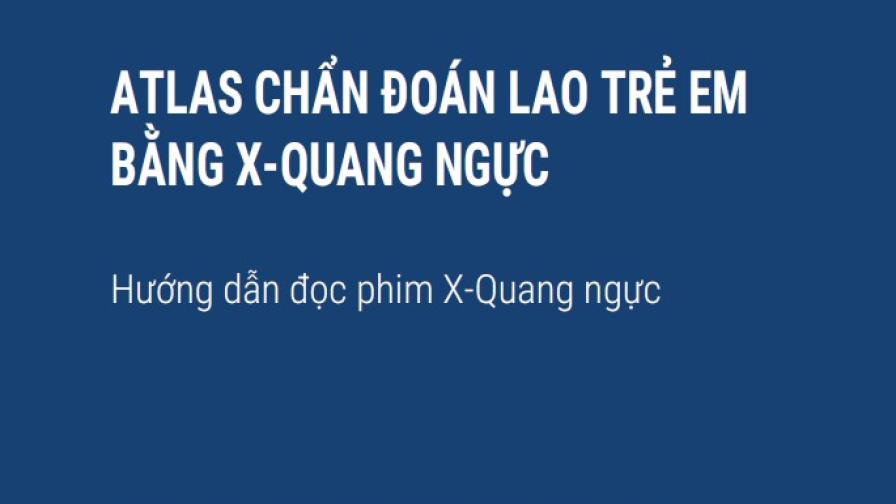Download:

The Diagnostic CXR Atlas for Tuberculosis in Children: A Guide to Chest X-ray Interpretation (the Atlas) has been extensively revised, with the aim of assisting non-specialist healthcare workers in high tuberculosis (TB)-burden settings to interpret chest x-rays (CXRs) from children investigated for TB.
The Atlas has been translated into Vietnamese.
The second edition of the Atlas has six sections. They describe the role of CXR in diagnosing children with TB, introduce an algorithmic approach to CXR evaluation in a child with symptoms and signs of TB, explain the features of a normal CXR in children and then present a comprehensive review of features that are highly specific and less specific for paediatric TB. The Atlas presents numerous CXR images with detailed annotations and summarises key messages to enhance its reader-friendliness.
The Atlas was produced by Megan Palmer, James A. Seddon, Pierre Goussard, H. Simon Schaaf from Desmond Tutu TB Centre, Department of Paediatrics and Child Health, Faculty of Medicine and Health Science at Stellenbosch University, Cape Town, South Africa, with support from The Union.
CXR Image Library
The Union developed Diagnostic CXR Atlas for Tuberculosis in Children Image Library, which contains a collection of CXRs from children less than 15 years of age and who present with symptoms and signs of TB.
The purpose of the library is to increase access to appropriate capacity building resources on CXRs in children, especially for frontline health professionals working in resource-limited settings.
Union Course: Interpretation of CXRs in children with presumptive TB
CXRs play a pivotal role within diagnostic algorithms for TB in children, and so the interpretation of CXRs is now more relevant than ever in the fight against child TB.
Based on the Atlas, this course is designed to provide pragmatic guidance to healthcare professionals working in the diagnosis and management of TB in children.
Take this course today to understand how CXR fits into the diagnostic process, build your confidence in identifying paediatric CXRs, and learning which CXR features are most useful in diagnosing paediatric TB.
